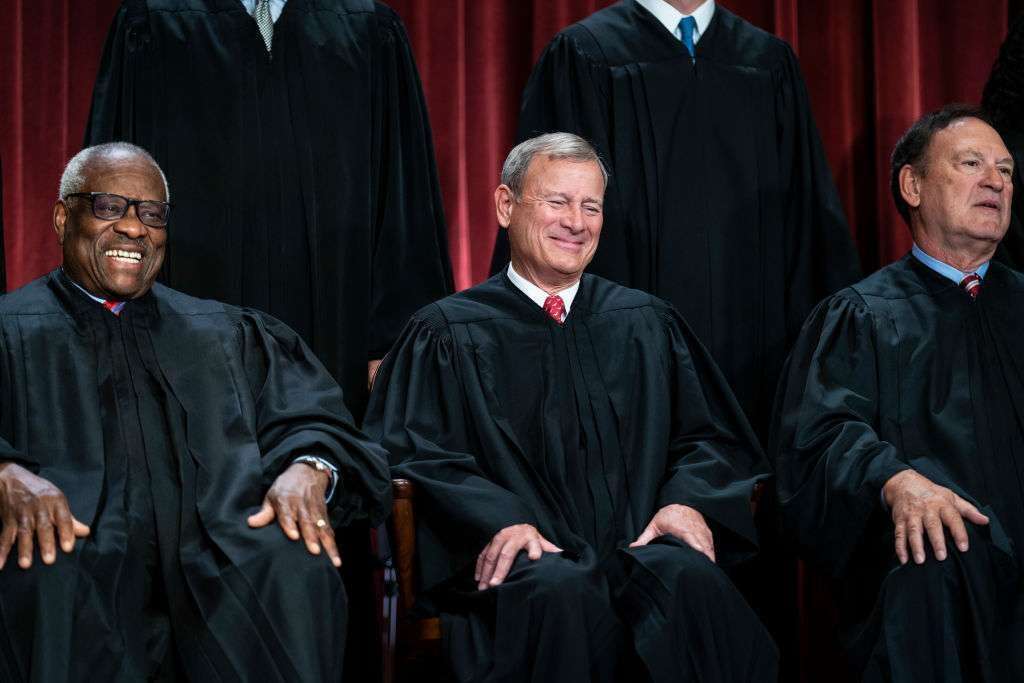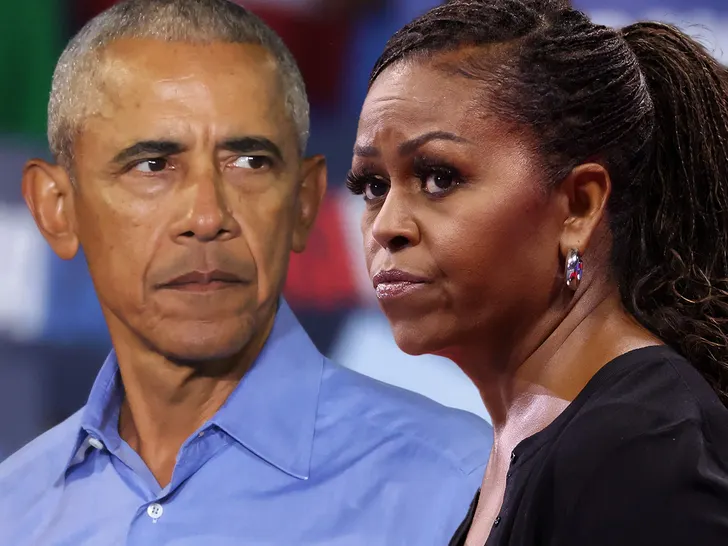During recent oral arguments before the United States Supreme Court, Justice Clarence Thomas expressed pronounced skepticism regarding the constitutionality of race-based redistricting, signaling concerns about how such practices intersect with the Equal Protection Clause of the Constitution. The discussion arose in the context of Louisiana v. Callais, a case challenging Louisiana’s congressional district map, which established a second majority-Black district following a previous ruling that the state’s earlier map likely violated Section 2 of the Voting Rights Act (VRA). The oral arguments in October 2025 brought to the forefront longstanding debates over the balance between ensuring minority representation and adhering to principles of equal treatment under the law.
Race-conscious redistricting has been a contentious issue in American politics for decades. Section 2 of the VRA, enacted in 1965 and amended multiple times, prohibits voting practices that discriminate on the basis of race, color, or membership in a language minority group. In practice, this has sometimes required states to create majority-minority districts to ensure that minority voters have a meaningful opportunity to elect candidates of their choice. While intended to prevent dilution of minority voting power, critics argue that such mandates may themselves introduce constitutional tensions by treating voters differently based on race. Justice Thomas has repeatedly voiced concern that government consideration of race in the electoral process can undermine the principle of equal protection enshrined in the Fourteenth Amendment.
The case in question, Louisiana v. Callais, arose from the 2024 redistricting process in Louisiana. After the 2022 congressional map was drawn, federal courts determined that the state’s single majority-Black district was likely insufficient under Section 2 of the VRA, prompting the legislature to create a second majority-Black district. White voters challenged the new map as an impermissible racial gerrymander, arguing that the redistricting plan relied too heavily on racial considerations, rather than traditional districting principles such as compactness, contiguity, and respect for political subdivisions. The Supreme Court’s conservative majority agreed to hear the case, bringing national attention to how the highest court will address the interplay between the Voting Rights Act and constitutional equal protection standards.
During oral arguments, Justice Thomas questioned whether the creation of the second majority-Black district would have occurred absent judicial intervention, highlighting the tension between mandated race-based districting and organic political representation. Thomas asked, in effect, whether Louisiana’s current maps existed because the state actively sought to consider race, rather than because voters naturally clustered along racial lines or other legitimate districting criteria. He focused on the notion that race-conscious districting may distort the democratic process by privileging racial composition over other neutral districting principles.
Justice Thomas’s line of questioning reflects a broader concern among conservative jurists on the Court that the use of race as a predominant factor in redistricting may conflict with the equal protection guarantees afforded to all citizens. While the Voting Rights Act was designed to protect minority voters from disenfranchisement, the Justice underscored the potential constitutional tension when race itself becomes the decisive element in drawing district boundaries. In his view, such practices, if unchecked, risk creating a system in which racial identity overrides traditional considerations of geographic, political, or community coherence, potentially undermining the democratic legitimacy of electoral outcomes.
Observers have noted that Thomas’s skepticism is consistent with his longstanding judicial philosophy. Since his appointment to the Supreme Court in 1991, Justice Thomas has consistently emphasized originalist and textualist interpretations of the Constitution. He has frequently critiqued policies that, in his view, grant special treatment based on race, asserting that equal protection requires neutral treatment under the law rather than compensatory measures. While this perspective has often drawn sharp criticism from civil rights advocates, it aligns with his broader concern about maintaining constitutional fidelity and avoiding what he perceives as race-based distortions of legal and political processes.
The implications of the Louisiana v. Callais case are significant. A decision siding with the challengers could curtail the ability of states to create districts based predominantly on racial composition, potentially affecting minority representation in congressional delegations, especially in the South. Courts have historically struggled with balancing the Voting Rights Act’s protections against claims of racial gerrymandering, creating a legal landscape in which the precise boundaries of permissible race-conscious districting are often contested.
A ruling that limits the role of race in redistricting could reshape electoral maps nationwide. Many districts created over the past several decades to comply with Section 2 of the VRA have relied on careful calculations of racial demographics to ensure minority voters can elect candidates of choice. If the Supreme Court imposes stricter constraints on the use of race in redistricting, states may be required to revise existing maps, potentially affecting the political representation of millions of voters. This could alter the partisan balance in key states and influence the composition of Congress, judicial appointments, and national policy outcomes.
At the same time, Justice Thomas and like-minded conservatives argue that emphasizing racial categories in districting risks fragmenting communities and fostering political polarization. By drawing districts primarily on racial lines, states may inadvertently create enclaves that limit political competition, reduce incentives for candidates to appeal to diverse constituencies, and reinforce identity-based divisions. Critics of race-based districting argue that such practices can weaken the principle of universal suffrage and undermine public confidence in democratic institutions.
Legal scholars have noted that the Supreme Court’s decision in Louisiana v. Callais could have far-reaching consequences beyond congressional representation. State and local redistricting efforts, school board elections, and other voting districts may all be affected, particularly in areas where minority populations are concentrated. The Court’s interpretation of what constitutes permissible consideration of race under Section 2 will likely serve as a guide for lower courts, influencing litigation over voting rights for years to come.
Justice Thomas’s statements during the oral arguments underscore his view that the Constitution’s guarantee of equal protection requires careful scrutiny of any policy that treats individuals differently on the basis of race. By questioning whether judicial mandates compel states to prioritize racial composition in districting, Thomas draws attention to the delicate balance between statutory protections and constitutional constraints. His approach signals that the Court may adopt a more restrictive interpretation of the VRA’s race-conscious provisions, potentially reshaping the legal framework for protecting minority voting rights.
While the outcome of Louisiana v. Callais remains pending, the oral arguments provide insight into how the Supreme Court’s conservative majority is approaching questions of race, representation, and the limits of legislative and judicial authority. Justice Thomas’s perspective, informed by decades of jurisprudence emphasizing originalist principles, highlights the ongoing tension between promoting minority representation and upholding colorblind constitutional standards.
Civil rights organizations have expressed concern over potential limitations on race-conscious districting, emphasizing that such measures have historically been critical in preventing voter dilution and ensuring meaningful participation in the democratic process. Legal advocacy groups argue that curtailing these protections could reverse progress achieved under the Voting Rights Act, disproportionately affecting historically marginalized communities.
Conversely, supporters of the Court’s conservative approach contend that protecting equal protection principles requires vigilance against policies that use race as a predominant factor in political decision-making. They argue that ensuring electoral districts reflect geographic and political considerations rather than racial calculations promotes fairness and strengthens the legitimacy of democratic institutions.
In conclusion, Justice Clarence Thomas’s questioning during the oral arguments in Louisiana v. Callais highlights a fundamental debate at the intersection of race, voting rights, and constitutional law. His skepticism toward race-based districting reflects a consistent judicial philosophy concerned with equal protection, originalism, and constitutional fidelity. The Supreme Court’s forthcoming decision will carry substantial implications for minority representation, the enforcement of the Voting Rights Act, and the broader principles of democratic governance in the United States. As the nation awaits the Court’s ruling, the arguments presented underscore the enduring tension between statutory protections for minority voters and constitutional guarantees of equal treatment under the law, shaping the future of electoral representation and the interpretation of civil rights legislation for years to come.

Emily Johnson is a critically acclaimed essayist and novelist known for her thought-provoking works centered on feminism, women’s rights, and modern relationships. Born and raised in Portland, Oregon, Emily grew up with a deep love of books, often spending her afternoons at her local library. She went on to study literature and gender studies at UCLA, where she became deeply involved in activism and began publishing essays in campus journals. Her debut essay collection, Voices Unbound, struck a chord with readers nationwide for its fearless exploration of gender dynamics, identity, and the challenges faced by women in contemporary society. Emily later transitioned into fiction, writing novels that balance compelling storytelling with social commentary. Her protagonists are often strong, multidimensional women navigating love, ambition, and the struggles of everyday life, making her a favorite among readers who crave authentic, relatable narratives. Critics praise her ability to merge personal intimacy with universal themes. Off the page, Emily is an advocate for women in publishing, leading workshops that encourage young female writers to embrace their voices. She lives in Seattle with her partner and two rescue cats, where she continues to write, teach, and inspire a new generation of storytellers.









